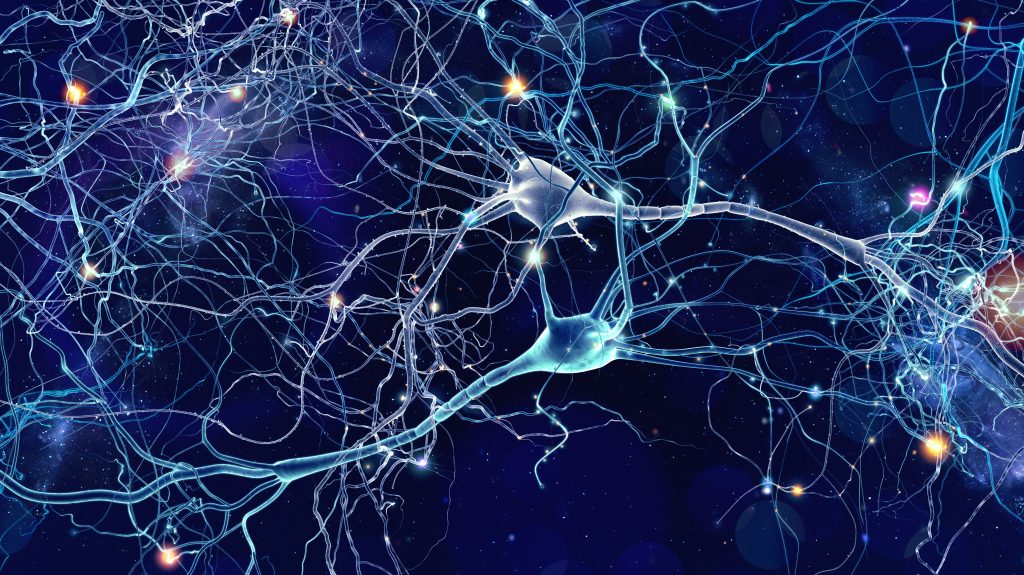
Deep practice, a term coined by coach Daniel Coyle in his New York Times bestselling book The Talent Code, is an integral part of our coaching process. Deep practice involves specific, targeted creation of myelin in a way that optimizes each movement and memory we make.
What is Deep Practice?
Inside the brain, neurons are responsible for transmitting information. Human skill is created by chains of nerve fibers carrying a tiny electrical impulse from the brain to the body through these neurons. Myelin is the insulation that wraps around the nerve fibers in our brains and increases signal strength, speed, and accuracy. When a person is thinking about and analyzing skill situations, the brain is producing myelin. According to the U.S. National Library of Medicine and the National Institutes of Health, “The purpose of the myelin sheath is to allow impulses to transmit quickly and efficiently along the nerve cells.” In simple terms, the more we practice a skill, the thicker the myelin layers will become, and the better and faster we become.
The rules of Deep Practice.
Coyle divides deep practice into three rules building upon each other.
1. Chunk it up.
Chunk it up is simply the crawl stage of the crawl, walk, run model. The overall task (stroke) is broken up into subtasks learned individually and practiced slowly until the skill is mastered. When we introduce a new swimming skill, we use minimal space to focus on performing it correctly under the coach’s watchful eye. Once you or your swimmer is no longer able to do the movements correctly, your coach will stop and take a moment to correct the mistake, provide an opportunity to review the correct tstep and begin again training the skill.
2. Repeat it.
Just like it says. Repetition creates myelin. In the pool, as mentioned above, the coach will be watching to ensure the repetition is correctly performed. Perhaps the most important take-away is that myelin is created with every movement. If you are performing the movement incorrectly, you are reinforcing the memory of the inefficient stroke.
3. Learn to feel it.
This step comes as you learn the skill correctly. With increased repetition comes accurate muscle memory and the body’s instinctive ability to recognize the correct movement due to the number of times it is repeated.
Deep practice has broad applications across all areas of personal and professional development and reinforces, yet again, how swimming can change your life across the board. (Ask me about how important it is in a helicopter during an emergency!) If you haven’t yet experienced the life changing power of swimming, register today for our premium swim lessons.
Molly is a member of our creative team, mom of four water-loving babies, and a fierce advocate for CPR training and really early swim instruction.
